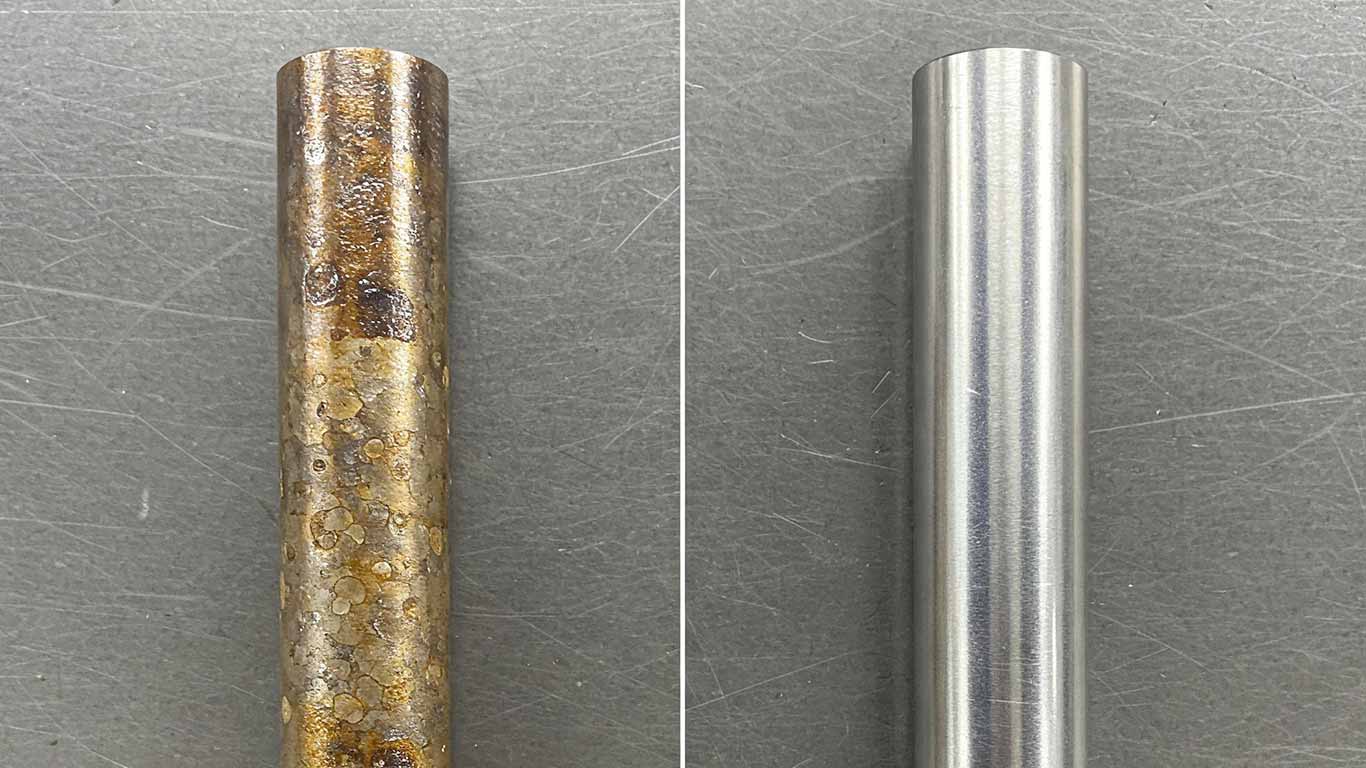
Titanium Laser Cleaning
Unlocking titanium's brilliant, oxide-rich finish with precision laser parameters

No material properties available
Machine Settings: Titanium vs. other metals
Titanium surface magnification
Laser cleaning parameters for Titanium
Before Treatment
This titanium surface shows significant contamination with scattered particulate deposits. The contaminants appear as irregular clusters and reveal embedded oxide particles. We observe localized pitting corrosion and micro-cracks propagating from defect sites. The surface degradation demonstrates how foreign materials compromise titanium's protective oxide layer, leading to accelerated material breakdown in critical applications.
After Treatment
The cleaned titanium surface reveals its original metallic luster. All contaminants are removed, and the material integrity remains fully intact.
Titanium Laser Cleaning FAQs
Why is Titanium chosen for its main applications?
Can laser cleaning damage Titanium?
How can I verify Titanium was cleaned properly?
Which contaminants are hardest to remove from Titanium?
What challenges does Titanium present in use?
Is laser cleaning Titanium safe?
What laser power works best for Titanium?
What's the fastest approach for Titanium?
How long does cleaning Titanium typically take?
Regulatory Standards & Compliance

ANSI
ANSI Z136.1 - Safe Use of Lasers

IEC
IEC 60825 - Safety of Laser Products

OSHA
OSHA 29 CFR 1926.95 - Personal Protective Equipment

